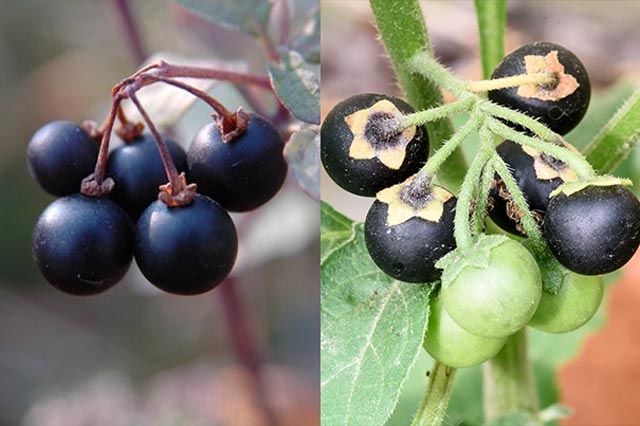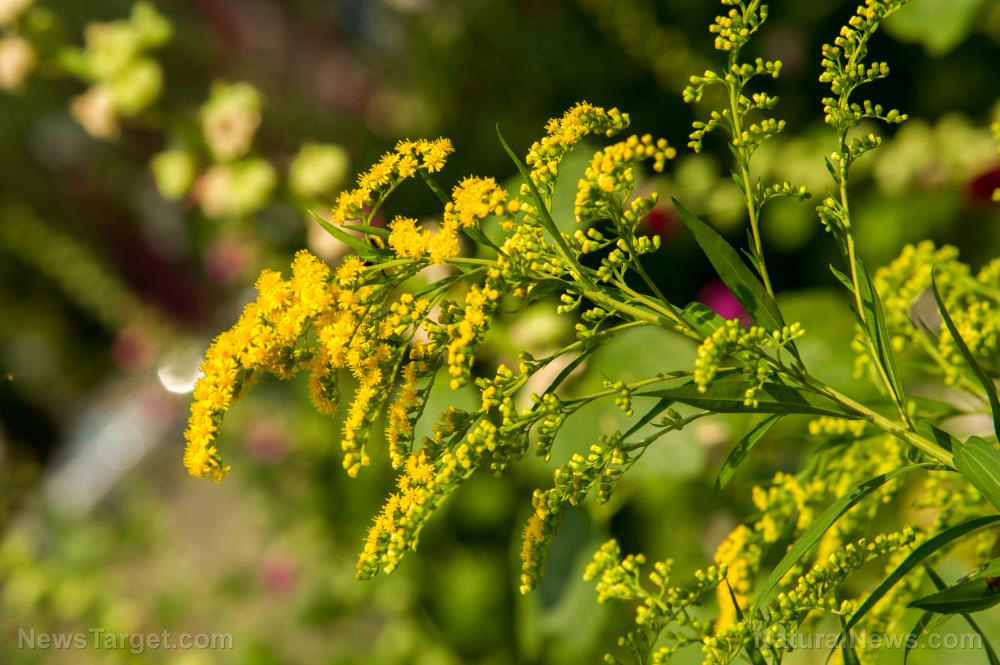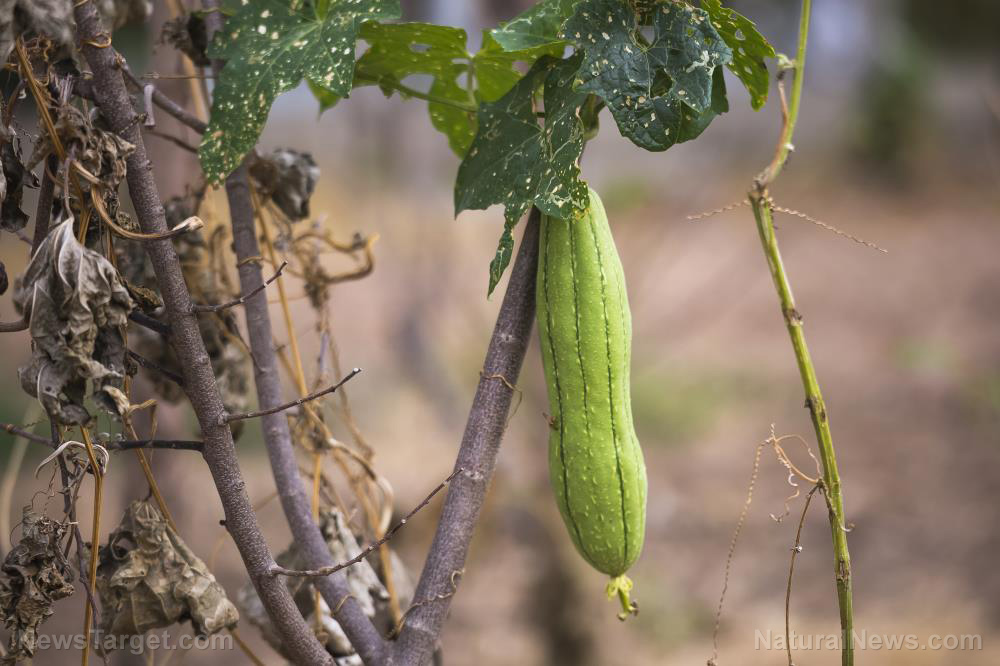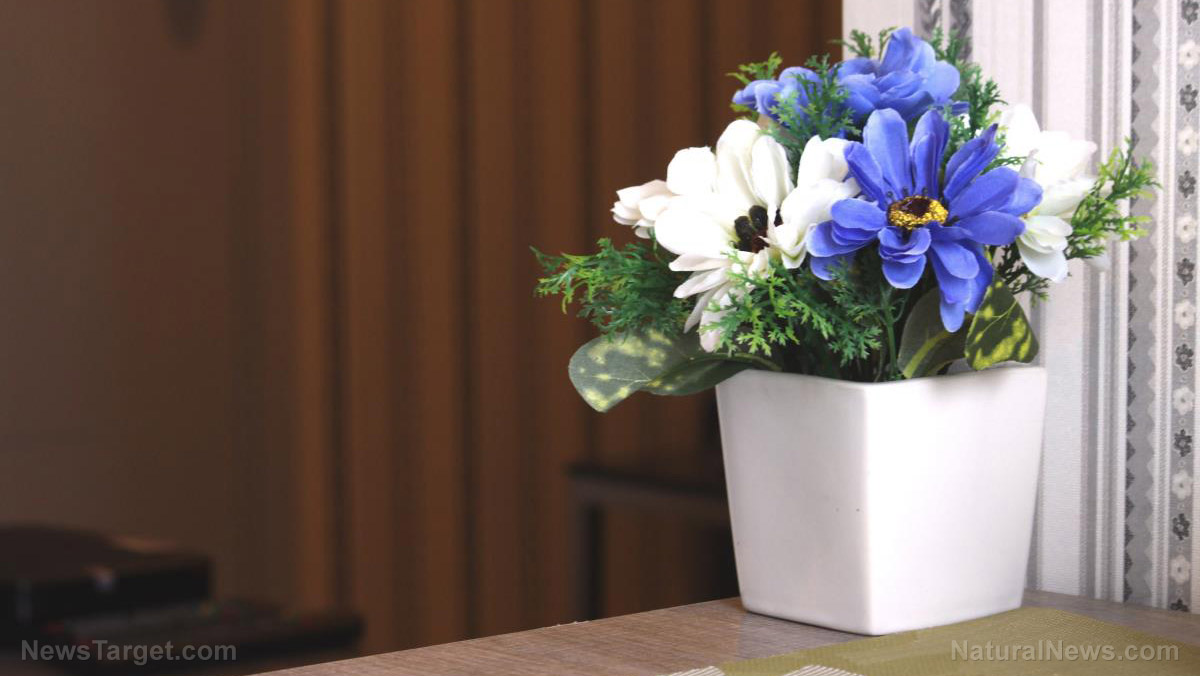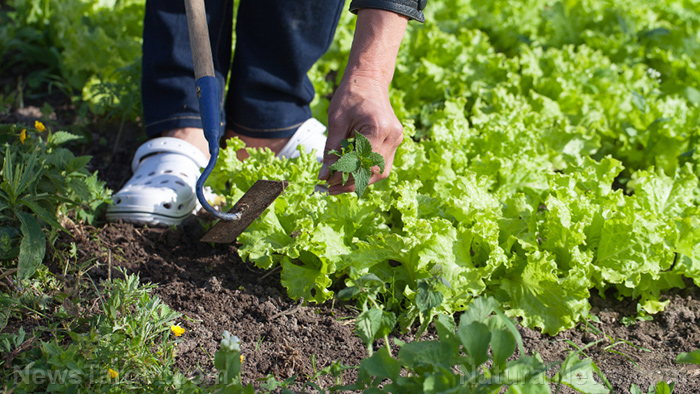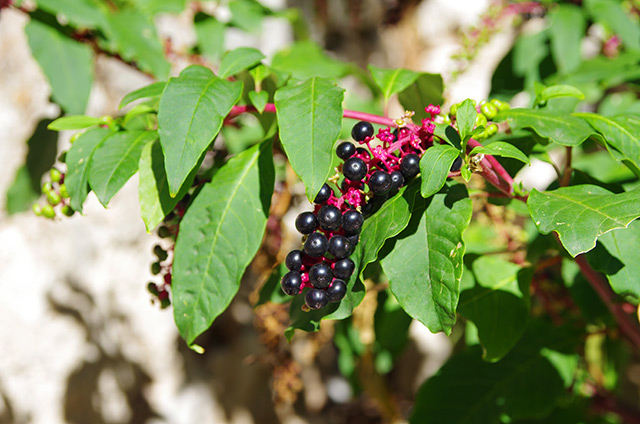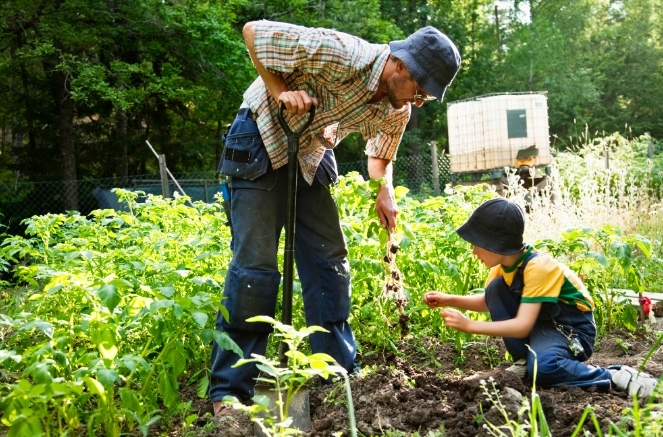Guerrilla gardening tips: How to hide survival food in plain sight
12/08/2019 / By Grace Olson
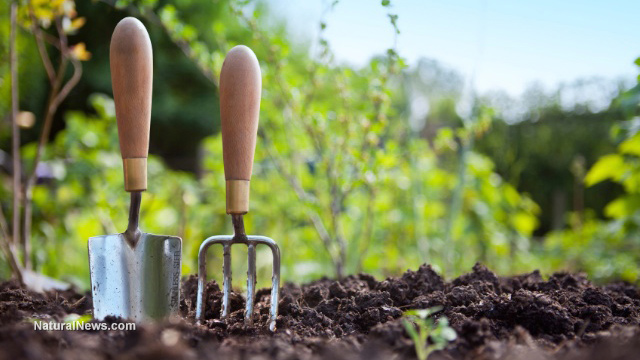
Not everyone would be prepared when SHTF. This means looters may come rushing to your home to steal your supplies. Outdoor gardens are especially vulnerable. You can install security systems all around your property to dissuade potential thieves, but even the most desperate ones may figure out a way around them.
One of the best ways to protect your garden is to hide them in plain sight. This means disguising your plants to look ornamental, but they are actually edible. (h/t to AYearWithoutTheGroceryStore.com)
Planting a guerrilla garden
Each garden will be different for every person. It depends on the available space, weather conditions and personal preferences of the family. Start planting your guerrilla garden with this handy guide:
1. Choosing the plants
When choosing which plants to use, always consider diversity and nutritional value.
- Consider what your family likes. If your family doesn’t like a certain vegetable, there’s no point in growing it in your garden. Save the limited spaces for the ones that your family is willing to eat multiple times a week.
- Add perennial plants. These are plants that can last up to two years or more. You can harvest some of them multiple times a year. Some of these plants include asparagus, garlic, kale, leeks and horseradish.
- Include annual plants. These are plants that grow and die in one harvesting season. Some of these include cabbages, peas and marigold.
Once you come up with an initial list, here are some factors that may help you choose which ones to plant:
- It has to look ornamental. Research the variety of the plant that may look like something else from afar. For example, sweet or chili peppers may look like flowering plants to an untrained eye. Some flowers are edible as well.
- If possible, choose the local variety. Plants that have acclimated to the area are less likely to experience planting shock and are most likely to survive longer.
- Consider its maintenance. During an emergency, you’ll be busy protecting your house and attending to your family’s needs. It’s best to use plants that need minimal supervision.
2. Preparing and planting on the property
After deciding on which plants to grow, you should consider the physical property next.
- Know the space. It’s best to have a layout of the space and find out how much you can plant in each area. Consider the soil, the slopes and the availability of sunlight and water.
- Mix and match the plants. It’s difficult to gauge how the plants would look once they’ve grown. Nonetheless, try to imagine how these plants would look like and find a way to blend them. For example, you can hide the fruit-bearing bushes behind tall grass.
- Develop one part at a time. You don’t need to plant everything at once. In this way, you can make adjustments on how you mix and match the plants.
- Post-planting assessment. Once the plants have grown, you can check which parts worked and which ones did not. Change or adjust the items that did not blend so well.
3. Consider planting indoors
If you don’t have a yard or you simply want to plant more,you can try indoor gardening. Numerous plants – like herbs, salad greens and even potatoes – can be grown inside your home. Recycle old containers or buy some pots to start your garden. Make sure to do your homework on which plants can grow indoors.
During an emergency, food supplies are always at risk. Hide them in plain sight or plant them indoors to ensure that you have a sustainable source of food.
Sources include:
AYearWithoutTheGroceryStore.com 1
Tagged Under: bug out, food supply, green living, home gardening, homesteading, how-to, indoor gardening, off grid, preparedness, prepping, survival, survival food, sustainable living
RECENT NEWS & ARTICLES
COPYRIGHT © 2017 HOME GARDENING NEWS com

